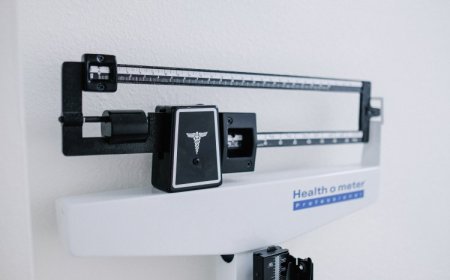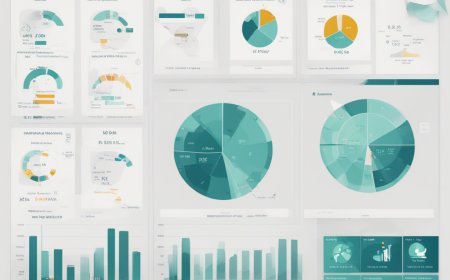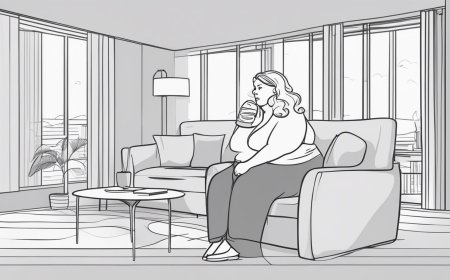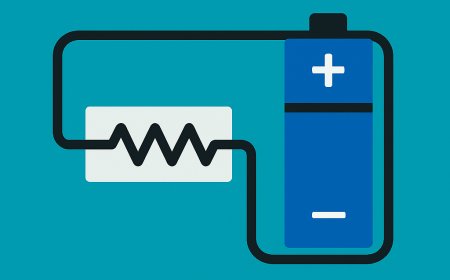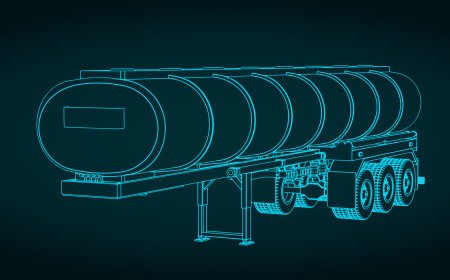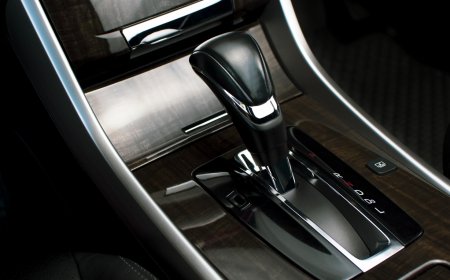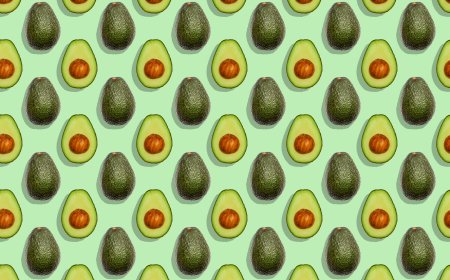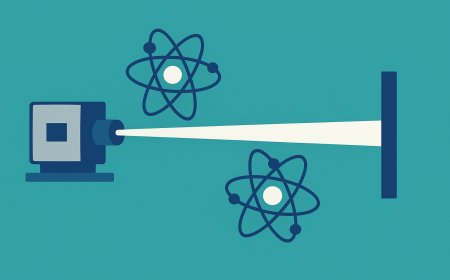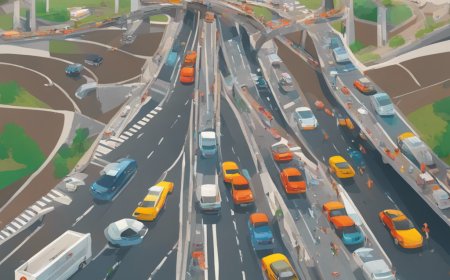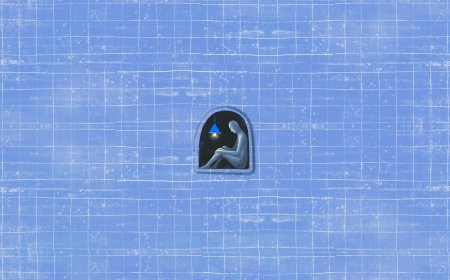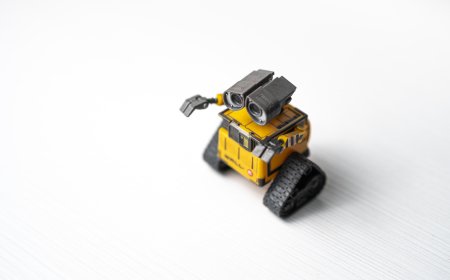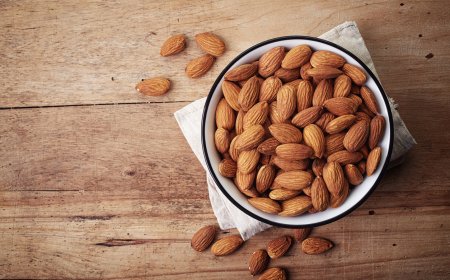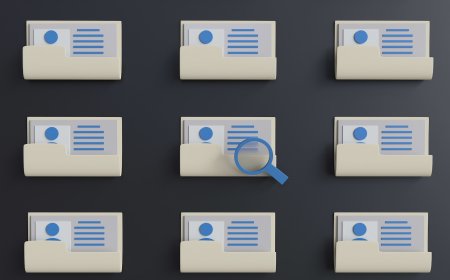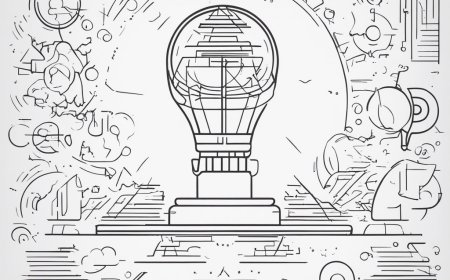Why Should You Shift your car gear from D to N before P?
This article provides an insightful exploration into the world of car gears, focusing on the different types of transmissions like manual, automatic, and CVT. It highlights how these systems are integral to a vehicle's performance and the overall driving experience. The piece caters to both experienced drivers and beginners, aiming to demystify the complexities of automotive transmissions and their impact on fuel economy, performance, and drive feel. It serves as a comprehensive guide, blending technical details with the evolution of automotive technology.

Introduction:
In the intricate world of automotive mechanics, the transmission stands as a paramount component, a true marvel of engineering that harmonizes the raw power of an engine with the graceful motion of a vehicle. This article aims to demystify the complexities of car gears, offering both seasoned drivers and enthusiastic novices an insightful journey into the heart of their vehicle's transmission system.
At its core, a car's gearbox is a storyteller, narrating the tale of how a car interacts with the road, the driver, and the environment. Whether it's the classic manual transmission that demands skillful engagement and a nuanced touch, or the modern automatic gearbox that seamlessly blends convenience and efficiency, understanding how these systems work is crucial for every driver.
As we delve deeper, we will explore the various types of transmissions, from the traditional manual to the sophisticated automatic, and the innovative continuously variable transmission (CVT). Each type brings its own flavor to the driving experience, influencing performance, fuel economy, and the overall feel of the drive.
This exploration is not just about the mechanics; it's a tribute to the evolution of automotive technology and how it has shaped our driving experiences. So, buckle up and prepare to shift your understanding of car gears, as we embark on this exciting and informative ride through the world of automotive transmissions.
Manual VS Automatic
The primary difference between manual and automatic transmissions lies in how the vehicle shifts gears. Here's a detailed comparison:
Manual Transmission:
-
Gear Shifting: In manual cars, the driver manually shifts gears using a clutch pedal and a gear stick. The driver must determine when to shift gears based on the vehicle's speed and engine RPMs.
-
Control: Offers more direct control over the vehicle, which some drivers prefer for performance driving or certain driving conditions like off-roading.
-
Fuel Efficiency: Historically, manual transmissions were more fuel-efficient than automatics, though this gap has narrowed with modern automatic transmissions.
-
Maintenance: Generally simpler and less expensive to repair. The clutch is the main part that may need more frequent replacement.
-
Cost: Typically less expensive to purchase than automatic cars.
-
Learning Curve: Requires more skill and practice to operate, especially mastering clutch control to avoid stalling the car.
-
Driver Engagement: Often preferred by driving enthusiasts for the engagement and control it offers.
Automatic Transmission:
-
Gear Shifting: Automatically shifts gears without input from the driver. It uses a torque converter or, in some newer vehicles, a dual-clutch system, to manage gear changes.
-
Ease of Use: Easier to drive, especially in heavy traffic or urban settings, as there's no need to constantly operate a clutch.
-
Fuel Efficiency: Modern automatic transmissions are very efficient, with some models even surpassing manuals in fuel economy.
-
Maintenance: Can be more complex and expensive to repair than manual transmissions.
-
Cost: Generally more expensive than manual vehicles, both in initial cost and potential repair costs.
-
Adaptability: Automatic transmissions can adapt to different driving styles and conditions automatically.
-
Comfort and Convenience: Provides a more relaxed driving experience, especially for those who drive frequently in congested areas.
Summary:
- Manuals require more driver involvement and skill, often preferred for performance and control.
- Automatics offer ease and convenience, especially in stop-and-go traffic, and have become very efficient and adaptable with technological advancements.
The choice between manual and automatic depends on personal preference, driving style, and the typical driving conditions one expects to encounter.
Gear Mood:
What's Your Reaction?









